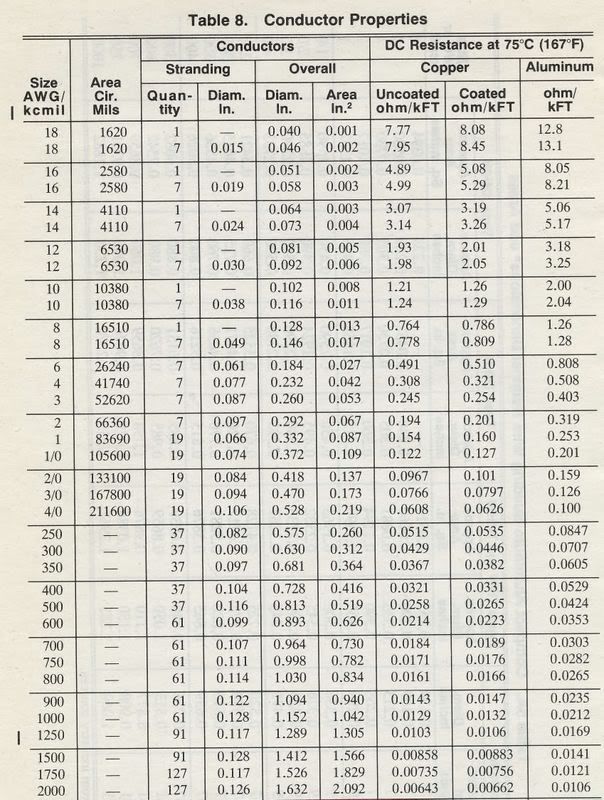Understanding and reading wiring diagramsLeatherneck wrote: What helps me a lot is having a schematic or drawing to show me what goes where. Maybe some others have a better idea but I like to draw out where headlights, relays, tailights, switches etc. go before I start running wire. So if anybody has any schematics,diagrams or drawings that you use that might be helpful to others post them up.
Here are some wiring schematics and diagrams that you may or may not use. Don't think copywright is a problem.
What do all those symbols, letters, and numbers mean on the diagram.
What do those Symbols Mean?
How do I Read a Diagram?
How are the Components Labeled on a Diagram?
Wiring Diagram Legend
Typical Fuse Box Layout
Wiring Diagrams Posted by Leatherneck
Fuel Pump Relay
Relay conversion from 2 Element Stop/Turn to 1 Element
Aftermarket (Chinese) Turn Signal Wiring
Tach Wiring for Standard Electronic Ignition Systems
Basic System with Alternator & Toggle Ignition Switch
Basic System with Alternator with stock Ignition switch
Regulator Wiring for Generators
Headlight Relay for Dimmer
Wiring for Generators
How to OHM out a Ignition Coil
Basic Alternator Wiring
4 Wire Alternator Wiring
Posted by David58bug
Basic Power Circuits
Ignition Circuit
Starter Circuit
Charging Circuit VW
Turnsignal Circuit VW
Brake Lamp Circuit VW
1302Wiring Diagram
WiringDiagram1
WiringDiagram2
WiringDiagram3
WiringDiagram4
WiringDiagram5
SemaphoreTurnSignalWiring
Typical Buggy Wiring Diagram
EFI Wiring Diagram
Starting Motor Trouble Shooting Chart
Posted by Panel
Alternator Wiring Guide
Posted by MnAirhead
Generator to Alternator
71 Wiring Loom
Outback Wiring Diagram
Posted by SpeedyJim
Starter Wiring
Alternator Wiring
Ignition Wiring
FI Wiring
Turn Signal Wiring
Posted by DesertGuy
WildKids Wiring
Primary Circuit Wiring

